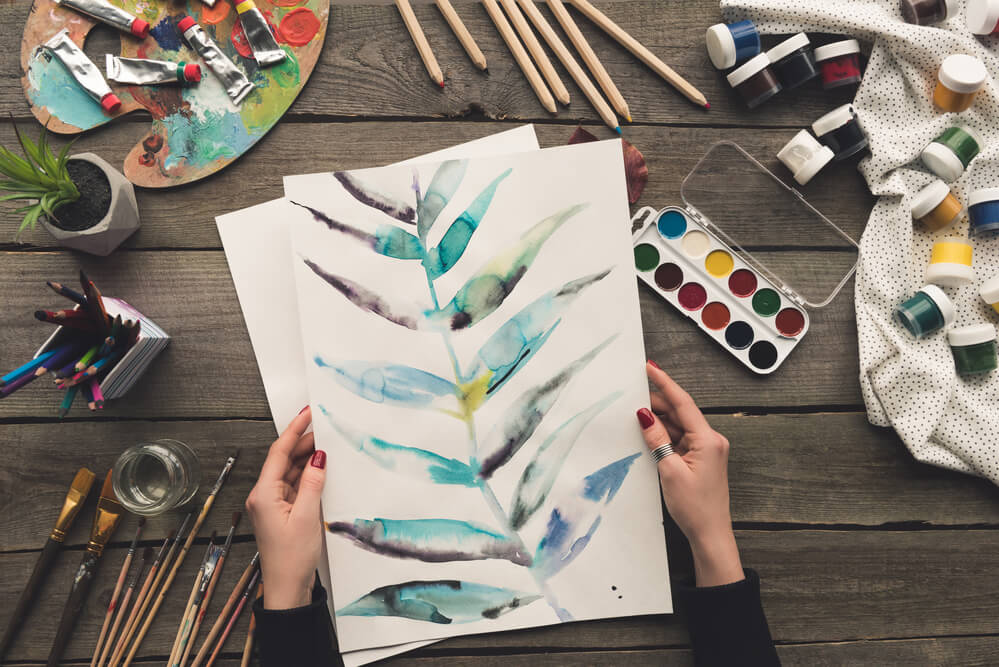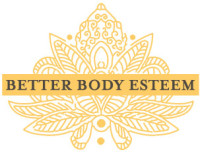
Imagine that you’re driving along the road and all of a sudden a car pulls out in front of you and you’re forced to slam on your brakes to avoid an accident. What’s going on in your body at that point? Your muscles are probably clenched, as is your stomach (where digestion has actually stopped, so that the rest of your body’s systems will be ready for whatever stressor you’re facing). Your heart is probably racing from the urge of adrenalin.
In psychological terms this is called the fight or flight response, and it’s a really good illustration of the mind-body connection. The good news is that just as anxious thoughts can cause stressful reactions in the body, so can relaxing thoughts cause healing reactions in the body.
And just as good news, relaxing bodywork can soothe the mind from anxious thinking to more positive and hopeful, actually altering your brain chemistry in the process. So we can see how mindfulness and meditation help to heal both physical and emotional pain.
Meditation doesn’t have to look like what you think it will. Open your mind to your own style and explore different resources and classes. You may need to work your way up to the more traditional forms of meditation. Some stepping stones might include:
- Guided imagery
- Journaling
- Drawing
- Singing or playing music
- Reflecting on a passage in a daily reader
- Stretching
- Making a collage
- Doing crafts
- Taking a walk
- Sitting quietly on a bench and watching people
- Experiencing something beautiful in nature
- Taking a quiet moment
- Looking at art
Here are six guidelines to help you get started with your own meditation practice:
- Start small – Set a timer for one minute and try to be still. It might not seem worth it, but one minute can do a lot and it will start you on this vital practice. You can build up from there.
- Tack it on to other activities – Many of our therapy groups here at White Picket Fence Counseling Center begin with a moment of stillness when people can get grounded and reflect on their feelings. Try one minute of stillness before you exercise or eat, or in between tasks when you’re working at the computer.
- Feel the support of a group – Join a therapy group, meditation class, or yoga class that incorporates relaxation, meditation or imagery. Or find a buddy and practice this new skill together.
- Keep your eyes open – It may feel threatening to have your eyes closed, so feel free to keep them open. Find something attractive in your field of vision, like a flower or the view outside your window.
- Use the expressive arts – Put together a collage, or do some writing or drawing. You don’t have to be artistic at all; in fact, the people who aren’t usually come up with the most revealing and healing work. I love SoulCollage® and am a trained facilitator.
- Use a guide – Belleruth Naparstek offers guided imagery and meditation resources on her website at https://www.healthjourneys.com/. There are also meditation apps for your smartphone or tablet such as Insight Timer, Headspace, and Calm.
For more suggestions, please see these additional resources.
